Smart, simple ways to add more seafood to your weekly routine.
Let’s face it—dinner time rolls around fast, and having something ready (or close to ready) makes all the difference. If you’re already a fan of meal prepping, or you’re just trying to eat better without starting from scratch every night, seafood might not be the first thing that comes to mind. But it should be.
High-quality seafood, like Marine Harvest’s steelhead trout and tilapia, is quick to cook, full of protein, and surprisingly easy to prep in advance once you know how to handle it. You don’t need to batch cook trays of food or freeze whole meals—you just need a few smart strategies that fit the way you actually eat.
Here’s how to build a weekly routine that includes more seafood—without the stress.
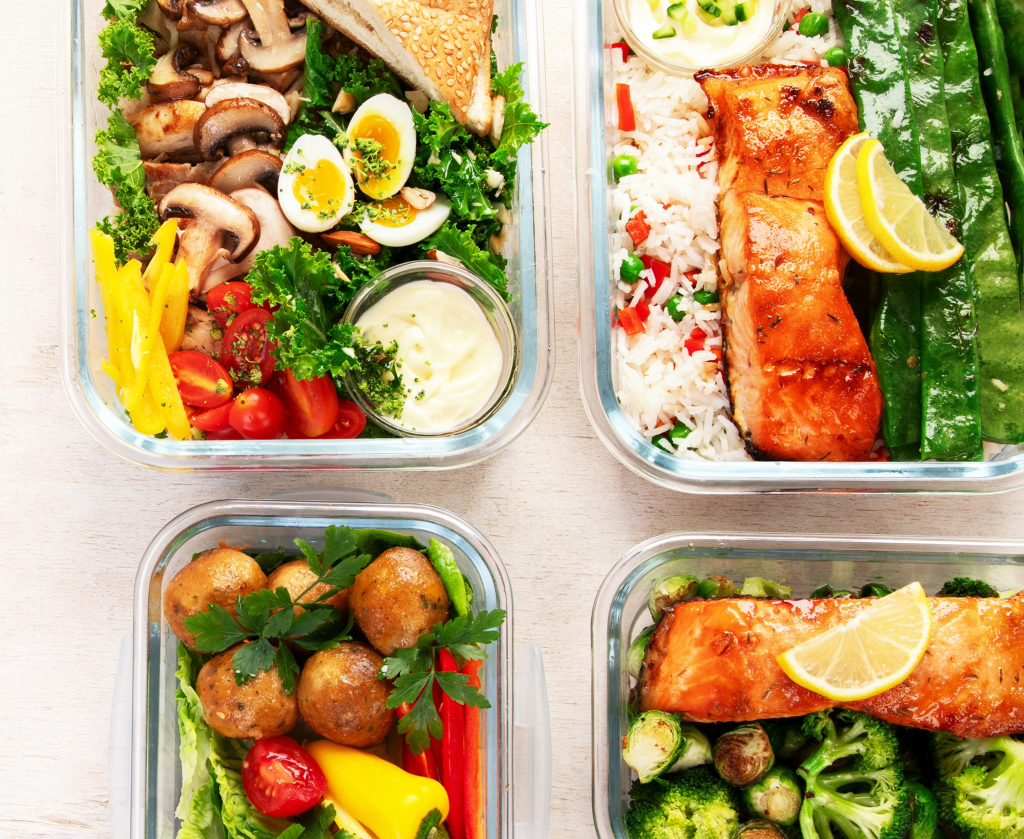
Most people think of chicken, ground meat, or beans when they think “meal prep.” But seafood has some serious advantages:
Whether you’re prepping lunch for the week or planning a few simple dinners, seafood can be a low-lift, high-reward addition.
If you're not cooking for a crowd, pre-portioned fillets make life easier. Marine Harvest seafood comes in conveniently sized pieces (usually 4–6 oz), which is a good standard for one person.
You can prep several fillets at once and store them separately, or cook a larger batch and flake the fish into meals throughout the week.
Keeping seafood fresh isn’t hard—you just need to handle it properly. Here's how to store both raw and cooked fish without compromising flavor or safety.
Pro tip: Freeze individual cooked fillets on a tray, then transfer them to a freezer bag so they don’t stick together.
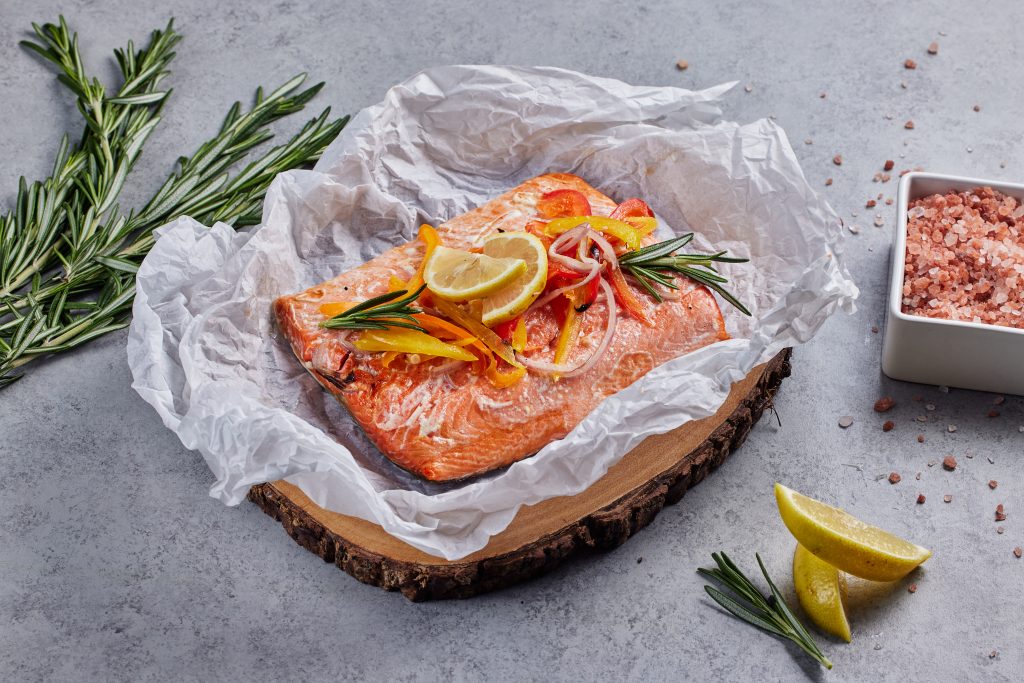
You don’t have to cook every component of a meal in advance to feel “prepped.” Sometimes it’s about having one versatile protein ready to go.
Try one of these easy batch options: all the recipes can be found on Marine Harvest Seafood.
1. Steelhead Trout Papillote
Bake multiple portions in parchment with vegetables, lemon, and olive oil. Store each packet in the fridge—reheat in the oven or microwave in under 2 minutes.
Air-fry a few portions with garlic herb butter. Store whole or flake for use in grain bowls, tacos, or lettuce wraps.
3. Cheesy Steelhead Trout Casserole
Make a big pan of this creamy noodle bake and portion it into lunch containers. It reheats beautifully and keeps for 3–4 days.
4. Brown Sugar Roasted Steelhead Trout
Perfect for topping salads or folding into warm grain bowls. Bake a couple of portions at once and keep them in the fridge to build easy meals.
If you’re not ready to cook but want to set yourself up for the week, prepping ingredients still helps. Here’s what you can do ahead of time:
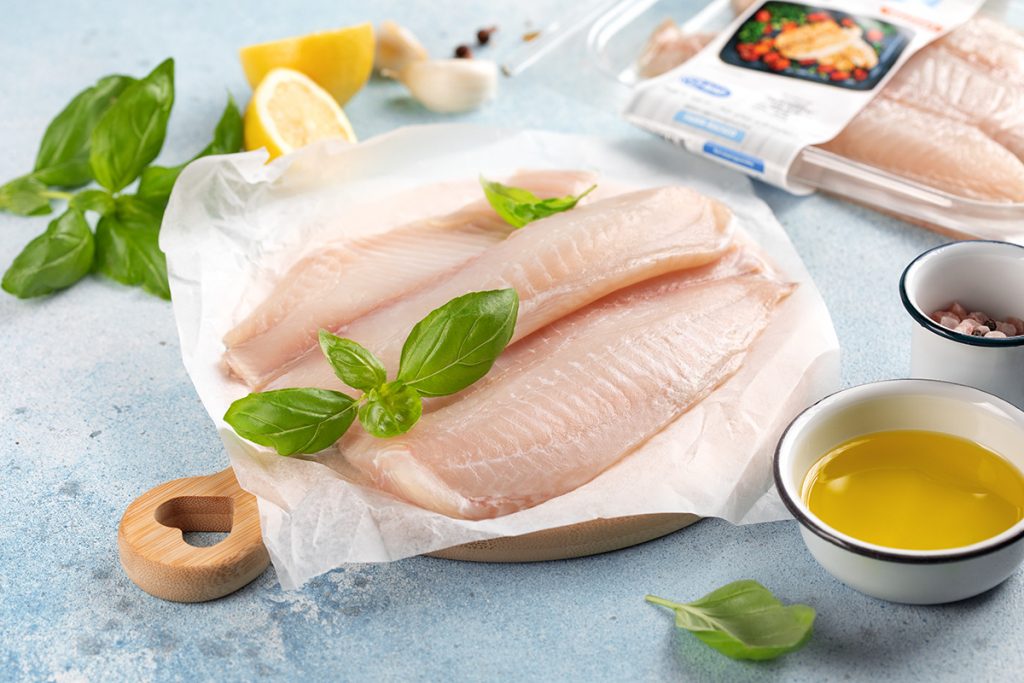
Even just doing one or two of those will save you time when dinner rolls around.
Meal prep doesn’t have to mean eating the same thing five days in a row. If you start with a base of seafood, you can change the format and flavor so it doesn’t get boring.
You’re using the same protein, but each meal feels different.
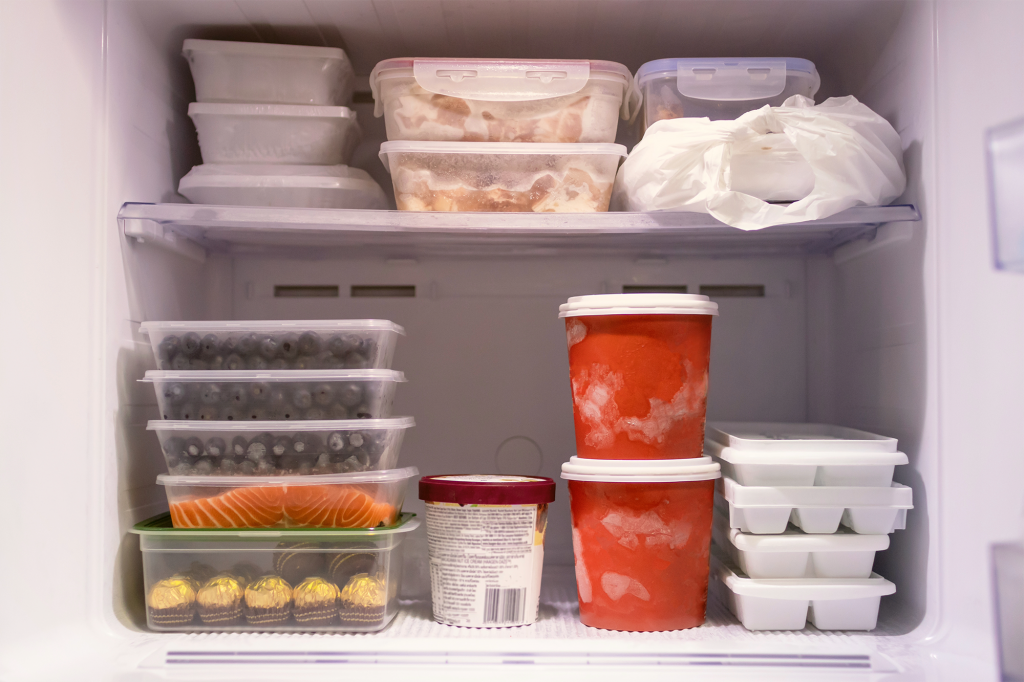
If you're freezing cooked fish, wrap it tightly and reheat gently (low oven or microwave on 50% power) to keep it from drying out.
Meal prepping with seafood doesn’t have to be complicated. With high-quality, pre-portioned fillets from Marine Harvest and a few solid storage habits, you can build quick, healthy meals that don’t taste like leftovers.
Start small—maybe with one or two fillets and a grain bowl. As you get more comfortable, try batch cooking a casserole or pre-freezing a few portions for next week.
You’ll save time, reduce food waste, and probably eat better, too. Because sometimes, the best way to take the stress out of dinner… is to start with a great piece of fish.
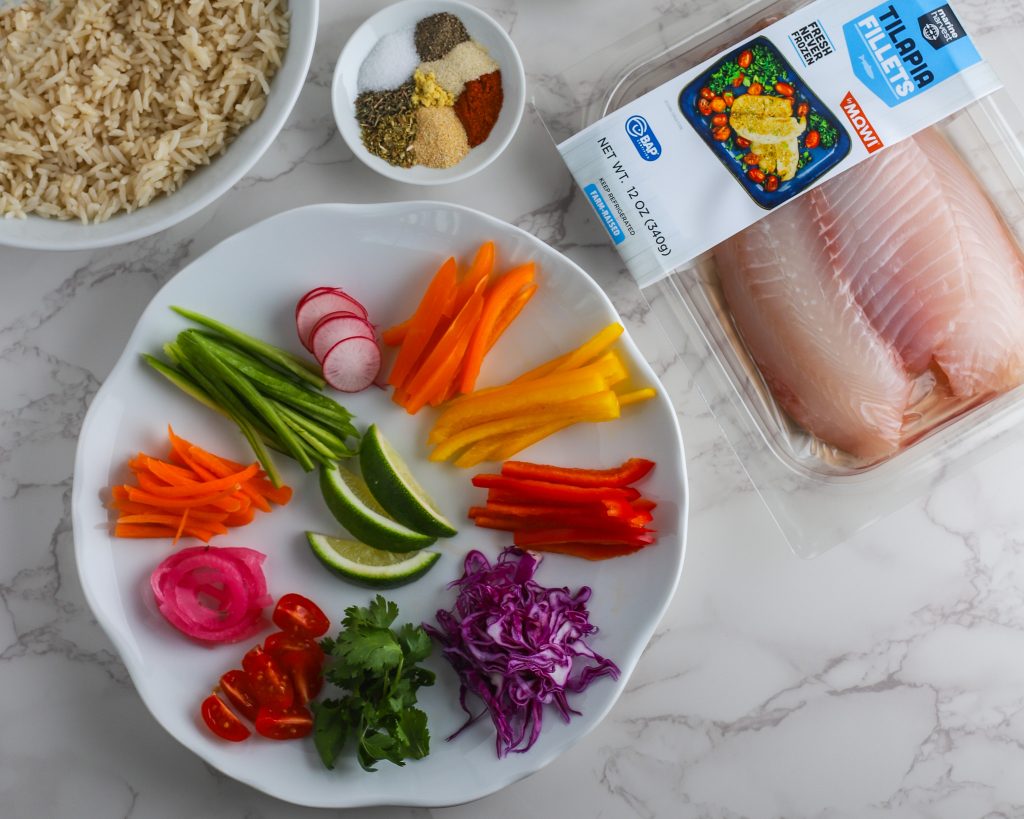
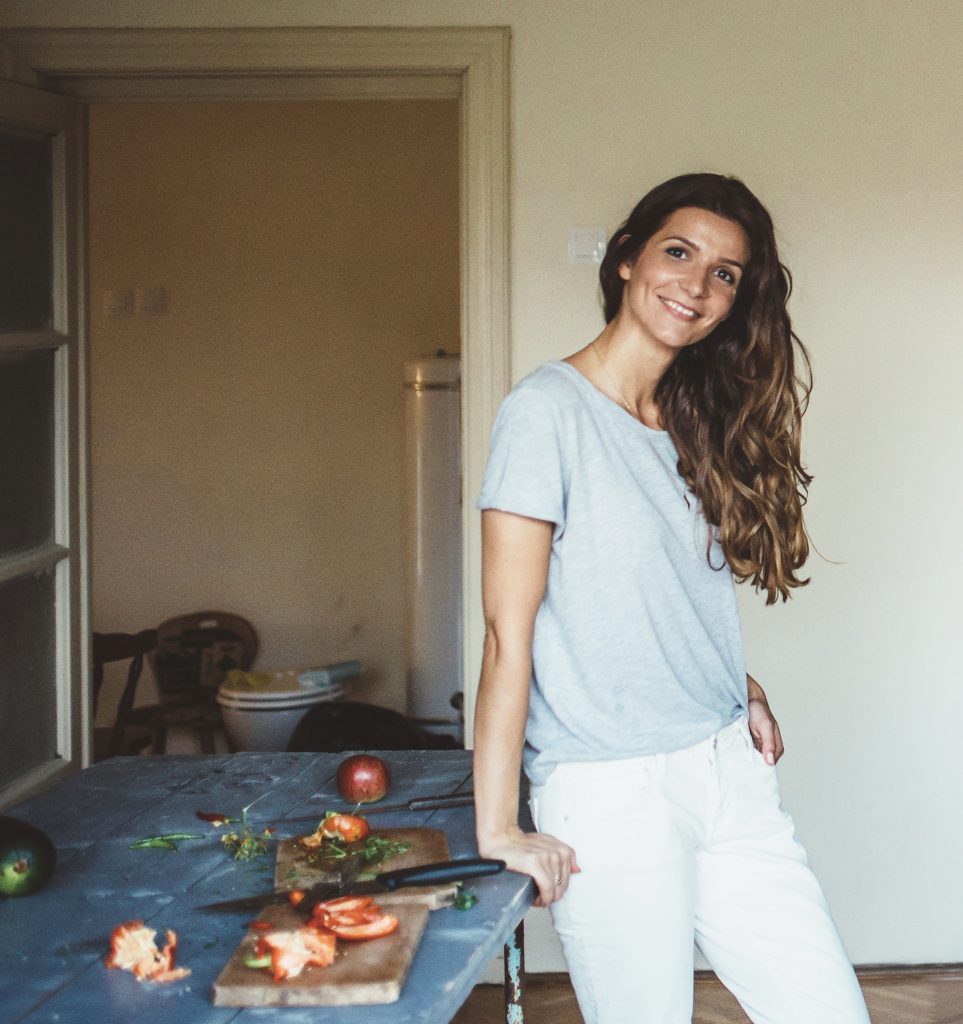
This article was written by Anca of The Butter Table